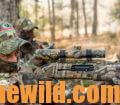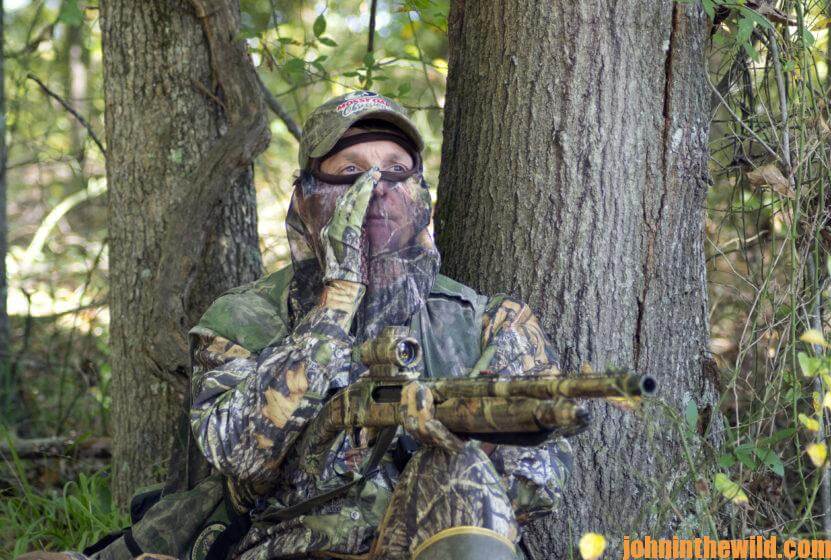Editor’s Note: Bob Walker of Livingston, Alabama, hunts turkeys every day of the season as a guide at Bent Creek Lodge (http://www.bentcreeklodge.com/ – 205-398-3040) in Jachin, Ala. This week Walker will tell us the most-productive ways to hunt turkeys.
When you’re setting-up on a turkey, that’s a spot in the woods where you decide to take a stand to shoot the gobbler. Most of the time you want your back against a tree that’s wider than your shoulders and be sure you’ve got a good field of view. You want some type of brush, cover or terrain in front of you, so that the turkey has to come within gun range to see the hen that’s been 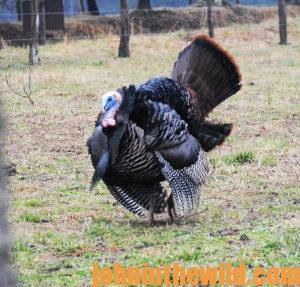 calling to him. When I’m with a hunter, if my hunter’s right-handed, and the turkey’s gobbling straight out in front of me at what I would call the 12:00 pm position, then I want my hunter sitting and facing the tree at the 2:00 pm position. Then he can move his shotgun in a much-wider arc. If the turkey comes in from the hunter’s left, the hunter can move to his left much easier than he can swing his shotgun to the right if the turkey comes in from the right. If the hunter’s right-handed, he can move the gun to the right.
calling to him. When I’m with a hunter, if my hunter’s right-handed, and the turkey’s gobbling straight out in front of me at what I would call the 12:00 pm position, then I want my hunter sitting and facing the tree at the 2:00 pm position. Then he can move his shotgun in a much-wider arc. If the turkey comes in from the hunter’s left, the hunter can move to his left much easier than he can swing his shotgun to the right if the turkey comes in from the right. If the hunter’s right-handed, he can move the gun to the right.
If I’m calling for the hunter, and the gobbler is out in front of me and the hunter, I won’t generally call to the turkey. If I’m using a diaphragm call, I’ll put my right hand at the corner of my mouth and cup my hand to make sure the call sounds like it’s coming from the left of the hunter. Then the gobbler naturally will expect the hen to be somewhat more to the left of the hunter, rather than thinking that the hen’s standing right out in front of that hunter. If my hunter’s right-handed, I don’t want to throw that call to the right, because the turkey will come to the right side of the hunter where that hunter has less room to move than to his left. I also use my hand to throw the call to the left, but I bring my fingers in, so that as the call comes out of my mouth and hits my fingers and hand, it not only goes to the left of the hunter but a little behind the hunter. Then when the gobbler arrives, he sho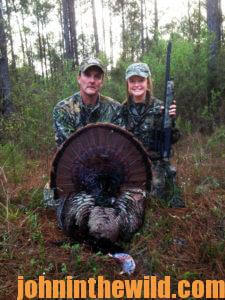 uld come from the left and be looking somewhere behind where the hunter’s sitting. By using your hand to throw the turkey call, you can make the call sound like it’s coming from left, right, in front of the hunter or behind the hunter.
uld come from the left and be looking somewhere behind where the hunter’s sitting. By using your hand to throw the turkey call, you can make the call sound like it’s coming from left, right, in front of the hunter or behind the hunter.
There’s one other thing I do before calling to a turkey. I always carry a range finder with me to set-up our killing ground. I want to know the distance my hunter is from trees, 30-40 yards away. By knowing that distance, my hunter has landmarks to know when the tom is within killing range. Too, the hunter knows not to take the shot, if that turkey hasn’t moved inside those landmarks we’ve established as the killing ground.
To learn more about turkey hunting, check out John E. Phillips’s book, “PhD 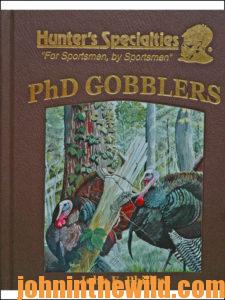 Gobblers: How to Hunt the Smartest Turkeys in the World, Revised Edition,” for Kindle version at https://amzn.to/37BcHJh and print version at https://amzn.to/2O5KNgT.
Gobblers: How to Hunt the Smartest Turkeys in the World, Revised Edition,” for Kindle version at https://amzn.to/37BcHJh and print version at https://amzn.to/2O5KNgT.
Tomorrow: When You Set-Up a Second Time on a Turkey

